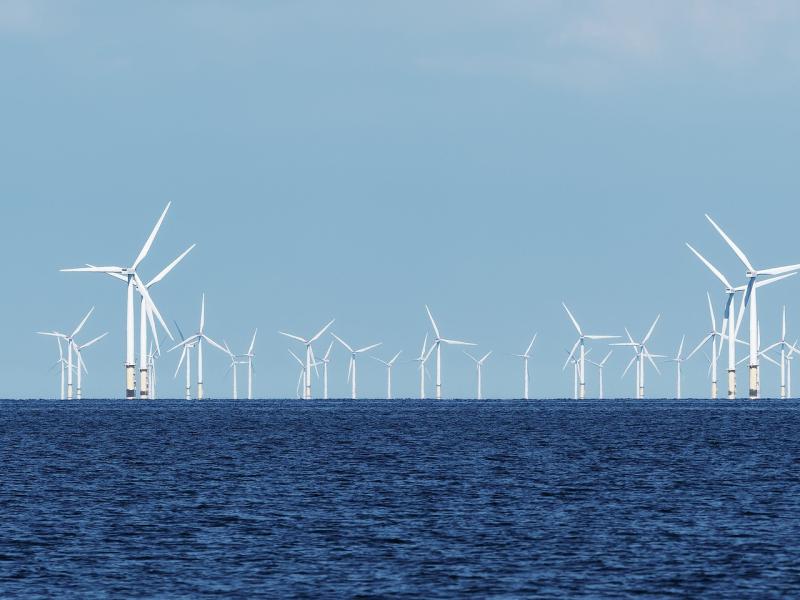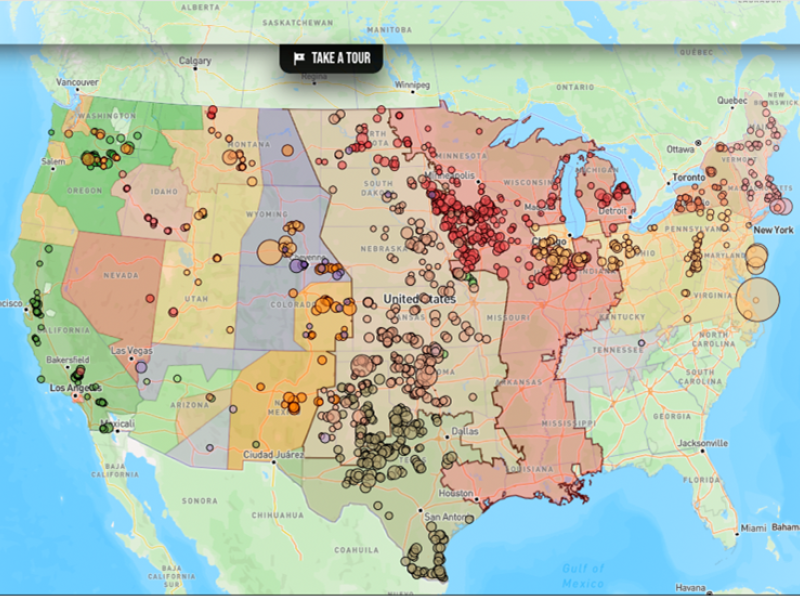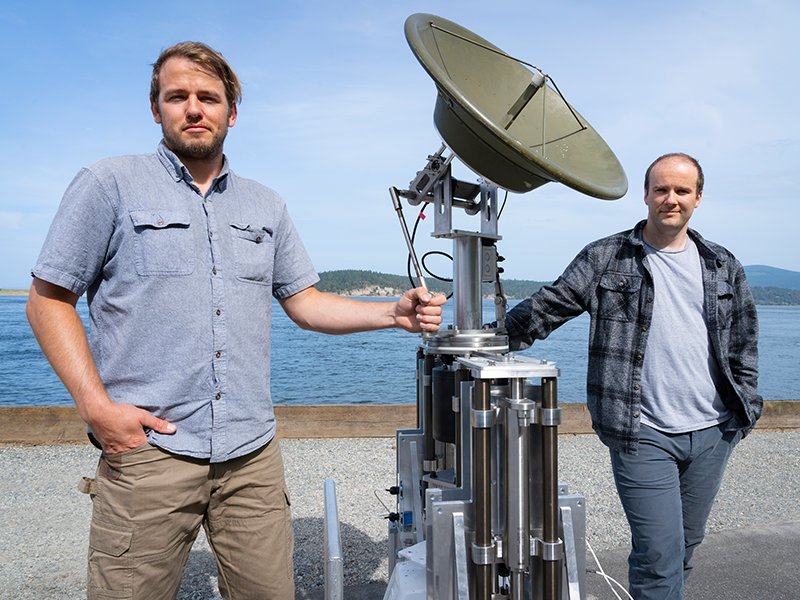
Wind Energy
Wind Energy
Lowering costs and
supporting grid reliability
Lowering costs and
supporting grid reliability
Wind energy represents more than 10 percent of the nation’s electricity mix, making it an important part of the U.S. energy portfolio. Wind has the power to help maintain grid stability and resilience, create new jobs, and make energy more affordable for everyone; however, implementing wind energy still comes with challenges.
Cost-effective integration of wind energy with the power grid requires accurate wind forecasts—from hours to a day ahead. This is particularly challenging in hilly and mountainous terrain, where even the best weather forecast models still struggle to predict wind patterns accurately. Without accurate forecasting, wind farm operators risk producing less power than promised or more power than the grid can accept, affecting utility customers and revenue.
Another critical challenge is gaining a better understanding of the potential impacts of wind development on surrounding communities, environments, and wildlife. Timely, successful wind project siting and permitting increasingly depend on observation and knowledge of local wildlife movements and behavior patterns to mitigate potential ecosystem impacts.
Wind energy research at Pacific Northwest National Laboratory (PNNL) is funded by the Department of Energy's (DOE) Wind Energy Technologies Office (WETO). WETO funds cutting-edge research and development to increase the grid and economic value of America’s vast wind resources, mitigate the impacts of wind development, and promote economic growth. WETO’s work helps ensure that wind energy is affordable, reliable, and ready to help meet America’s rapidly growing energy demands.
PNNL wind research enables the innovations needed to advance the nation’s wind energy systems. It fills critical data gaps to give the wind industry the information it needs to make key decisions. PNNL’s work also supports a skilled workforce to build and maintain wind infrastructure. PNNL collaborates with stakeholders to find solutions enabling growth, lowering costs, and providing economic opportunities and benefits for local communities.
PNNL’s research focuses on six key areas:
- Wind resource characterization: Improving our understanding of wind resources to reduce project uncertainty, advance forecasting, and reduce costs
- Environmental monitoring and wind–wildlife interactions: Increasing industry understanding of wind–wildlife interactions and developing monitoring technologies to mitigate environmental risk
- Powering local economies: Exploring the effects of wind energy resources for powering local communities and coastal economies
- Wind systems integration: Enabling cost-effective, reliable, and resilient energy system operation with increasing levels of wind energy
- Wind data management: Collecting, storing, curating, cataloging, preserving, and disseminating results generated by wind energy research
- Distributed wind: Enabling wind energy for on-site and local power generation
Use the links above to learn more about each capability and see examples of our work in each area. These examples illustrate PNNL’s unique combination of expertise across atmospheric sciences, instrument systems, distributed wind market analysis, environmental monitoring, and computational sciences.
Three campuses in Washington State are home to PNNL wind research: our primary campus in Richland, PNNL-Seattle, and PNNL-Sequim, which houses the only marine research facilities in the DOE complex and where much of PNNL’s environmental monitoring work is based.
Download our Brochure Subscribe to Newsletter See FY24 Accomplishments



